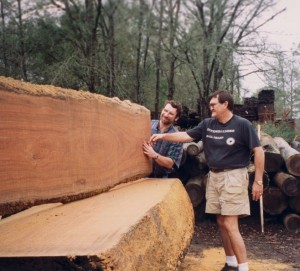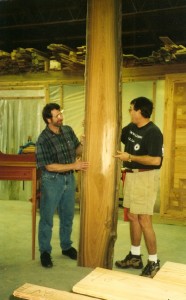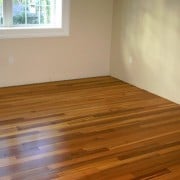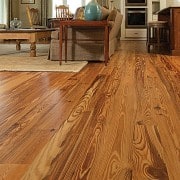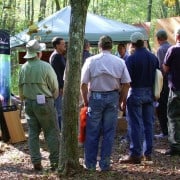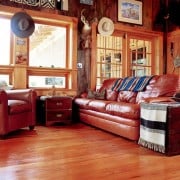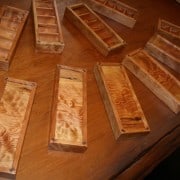How to Dry 150 Year Old Sunken Logs
One of my all time favorite client inquiries went something like this:
“How long does it take to dry out those ancient logs that have been on the bottom of the river for 150 years?”
The answer? Well, it takes a little bit of explaining…
When a tree is growing, it is already at ‘fiber saturation point’ for the specie. A cut Longleaf pine in the 1800’s sent to the river bottom on the way downstream to the sawmill will be perfectly preserved for literally centuries. All of the bark and some of the outer ‘sapwood’ will be gone; however, the resin rich heartwood remains just as it was while it was growing.
Once the River-Recovered® heart pine or heart cypress boards are sawn they need to air dry for a period of time. River-Recovered® heart pine generally takes only a couple of weeks before the wood reaches the mid-teens in moisture content percentage and is ready to go into the dry kiln. River-Recovered® heart cypress, however, has a much higher fiber saturation point than heart pine. Depending on the thickness, heart cypress could require many months of air-drying before it is ready to kiln dry.
Goodwin has a ‘pre-dryer’ comprised of 16 fans (4’ across each) that blow air across the boards in stacks with 1” ‘stickers’ between each layer to allow air to circulate around each board. This decreases the time required before the heart cypress reaches a low enough moisture content to go into the dry kiln.
There’s another factor to consider when kiln drying antique heart pine and heart cypress. This wood is really, really old and very dense. If you dry it fast with steam – like most oak dry kilns – you will lose much of quality wood to cracking and checking. Goodwin has a dehumidification dry kiln that dries the wood slowly over the course of a week or two, sometimes longer.
We take extra steps along the way to ensure the best wood is perfectly preserved. As soon as we saw the wood, we paint the ends of the boards with a wax-based product to help seal the ends. Wood tends to wick moisture out the ends faster than the middle so you can get cracks and checks on the ends of the boards. We wax the ends a second time right before we load the wood into the dry kiln to help conserve as much rare wood as possible.
We monitor the moisture content daily and slowly turn up the temperature in the dry kiln. When the kiln reaches 120 degrees Fahrenheit, we increase the temperature in five-degree increments until 140 degrees is consistently achieved across the entire kiln load. We try to ensure all of the wood that goes into a kiln load is fairly consistent in moisture content to reduce drying time as much as possible. We let the wood ‘relax’ for a day or so after it comes out of the dry kiln before we mill it.
I’ve kiln-dried antique wood for over 25 years. If someone tells you that you don’t need to kiln dry wood that has been in an old building for 200 years or more, remind them that not only does it mitigate against mold and insects, it’s always drier inside your home or office than in an old unconditioned warehouse. You need properly kiln-dried wood that is precisely milled and graded to established standards. Look for more on milling and grading in a later article.
With All Our Heart…
Best Regards,
George


